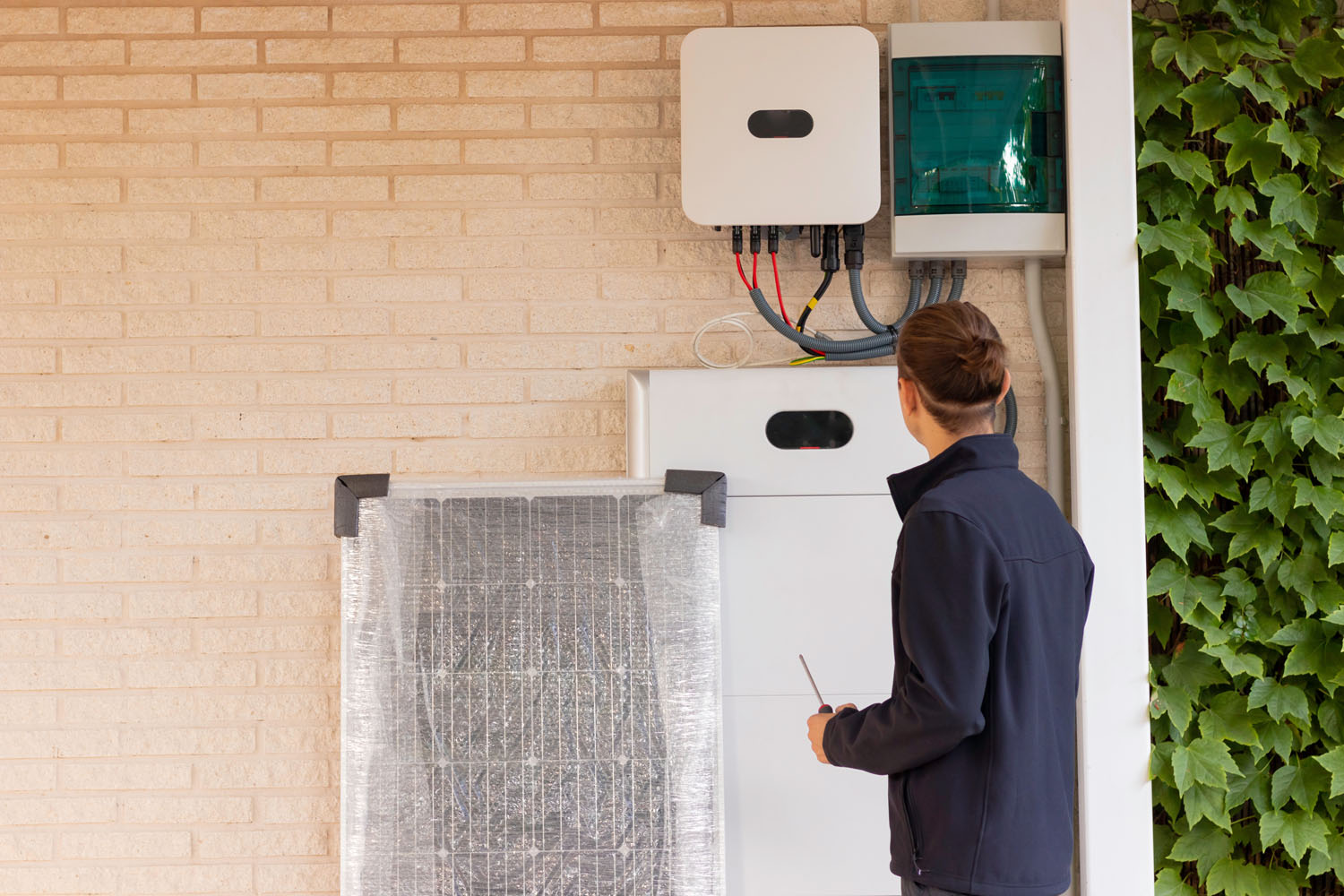Reducing your carbon footprint has become more important than ever, and heat pumps offer a practical way to do just that. In this blog, we’ll explain how installing a heat pump can help lower your environmental impact while also saving you money.
9.1 Heat Pumps Use Renewable Energy
Unlike gas or oil furnaces that burn fossil fuels, heat pumps use renewable energy from the air, ground, or water. This means they emit significantly fewer greenhouse gases and have a lower overall carbon footprint.
- Air Source Heat Pumps: Extract heat from the outside air, even in cooler climates, using minimal electricity.
- Ground Source Heat Pumps: Draw heat from the ground, where temperatures remain consistent year-round.
9.2 Energy Efficiency = Fewer Emissions
Heat pumps are highly efficient, often converting 3 to 4 times more energy than they consume. This means they require less electricity to operate, reducing the amount of energy needed from power plants, which often run on fossil fuels.
- Example: A heat pump with a COP of 4 can produce 4 units of heat for every unit of electricity, making it 3 times more efficient than traditional electric heating.
9.3 Pairing Heat Pumps with Solar Energy
For homes with solar panels, pairing a heat pump with solar energy can make your home nearly carbon-neutral. The solar panels generate the electricity needed to power the heat pump, meaning you can heat and cool your home without relying on grid power.
- Benefit: A combined solar and heat pump system can reduce your reliance on fossil fuels, further lowering your carbon footprint.
9.4 Reduced Dependence on Fossil Fuels
Traditional heating systems, such as gas furnaces, rely on the combustion of fossil fuels, which release carbon dioxide and other harmful emissions into the atmosphere. Heat pumps, on the other hand, use electricity, which can be generated from renewable sources like wind or solar.
Conclusion: By using renewable energy and operating with high efficiency, heat pumps are one of the most eco-friendly ways to heat and cool your home. Installing a heat pump is a great step toward reducing your household’s carbon footprint.







